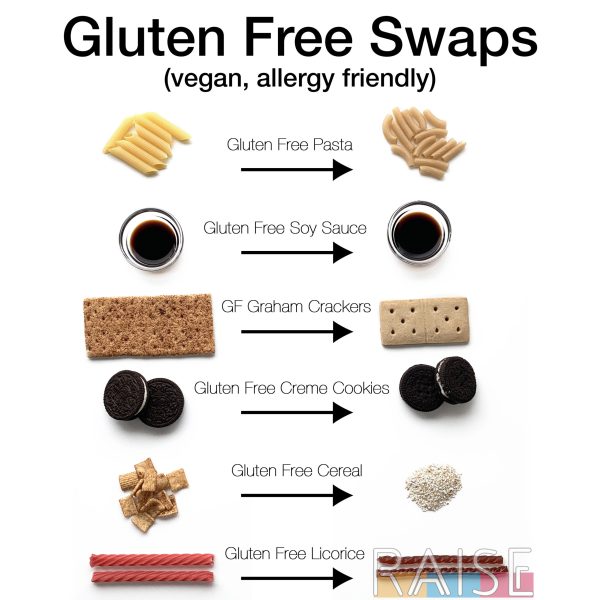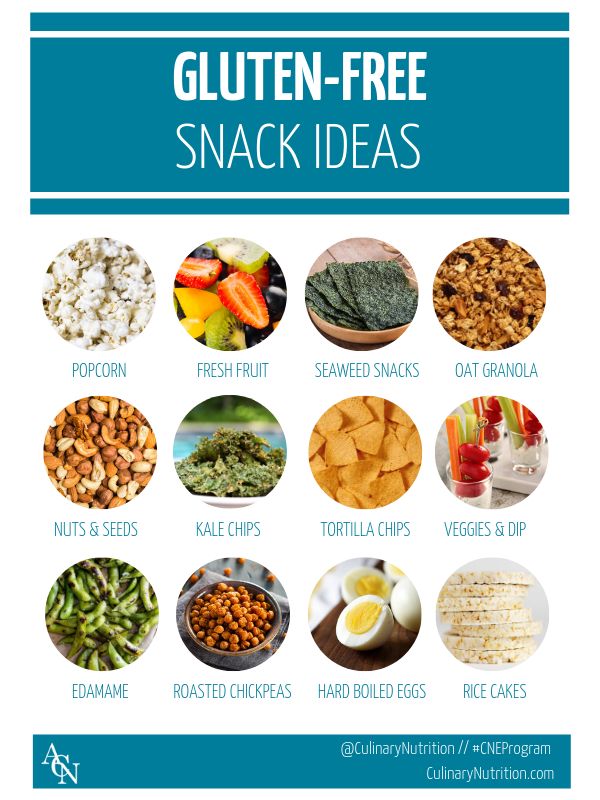Alright, so I’ve been messing around with this gluten-free thing for a while now, and figured I’d share what I’ve learned. It all started ’cause I was feeling kinda blah all the time, you know? Bloated, tired, just generally ugh. Someone suggested it might be gluten, so I thought, “Why not give it a shot?”

First Steps: What the Heck Can I Eat?
The first thing I did was freak out. I mean, gluten is, like, in everything! Bread, pasta, pizza – all the good stuff. So, I went online and started digging. I made myself a list of foods that are naturally gluten-free. That’s key, ’cause you don’t wanna be reading labels all day if you don’t have to.
- Rice: All types – white, brown, wild. This became my new best friend.
- Corn: Corn tortillas, polenta, grits. Just gotta watch out for cross-contamination if they’re processed in a factory that also handles wheat.
- Potatoes: Sweet potatoes, regular potatoes, all the potatoes! Fries are usually a no-go ’cause of the batter, but homemade fries are awesome.
- Fruits and Veggies: Obviously. I mean, an apple is an apple. No gluten there.
- Meat and Fish: Plain, unbreaded meat and fish are good to go. But watch out for marinades and sauces. Soy sauce is a big gluten offender.
- Beans and Legumes: Chickpeas, lentils, black beans – all great sources of protein.
Label Reading: My New Hobby
Okay, so eating naturally gluten-free stuff is easy, but sometimes you just want a sandwich, you know? That’s when the label reading comes in. I started spending way too much time in the grocery store, squinting at tiny labels.
Here’s the deal: anything labeled “gluten-free” has to have less than 20 parts per million of gluten. That’s the magic number. But you still gotta read the ingredient list, ’cause sometimes they sneak gluten in under different names, like “modified food starch” (which can be made from wheat). Also, watch out for “may contain wheat” – that means it was processed in the same factory as wheat, so there’s a risk of cross-contamination.
Experimenting in the Kitchen: Wins and Fails
I tried a bunch of gluten-free recipes. Some were amazing, some were total disasters. Here’s a quick rundown:
- Gluten-Free Bread: Hit or miss. Some brands are like eating cardboard. I found one I kinda like, but it’s expensive. I’m still working on perfecting my own recipe.
- Gluten-Free Pasta: Surprisingly good! Rice pasta can be a bit gummy, but corn pasta is pretty close to the real thing.
- Gluten-Free Pizza: Tricky. The crust is the hard part. Cauliflower crust is an option, but it’s not my favorite. I’ve had some luck with pre-made gluten-free crusts from the store.
- Baking: This is where it gets really complicated. Gluten is what gives baked goods their structure. Without it, things can get crumbly and weird. I’ve been experimenting with different gluten-free flour blends, and it’s a work in progress.
Eating Out: A Minefield
Eating out gluten-free is a whole other ballgame. You have to be super careful. I always call ahead and ask about gluten-free options. Even if they say they have gluten-free dishes, you gotta ask about cross-contamination. Are they using the same cutting board for regular bread and gluten-free bread? Are they frying gluten-free fries in the same oil as breaded chicken? These are the important questions!

The Result: Feeling Better!
So, was it worth it? Absolutely! It took a while to get the hang of it, but I feel so much better now. Less bloated, more energy, just generally happier. It’s not always easy, but for me, it’s definitely worth the effort. Just remember to be patient, read labels, and don’t be afraid to experiment in the kitchen. You’ll figure out what works for you. And hey, at least you’ll have a good excuse to try new recipes!
